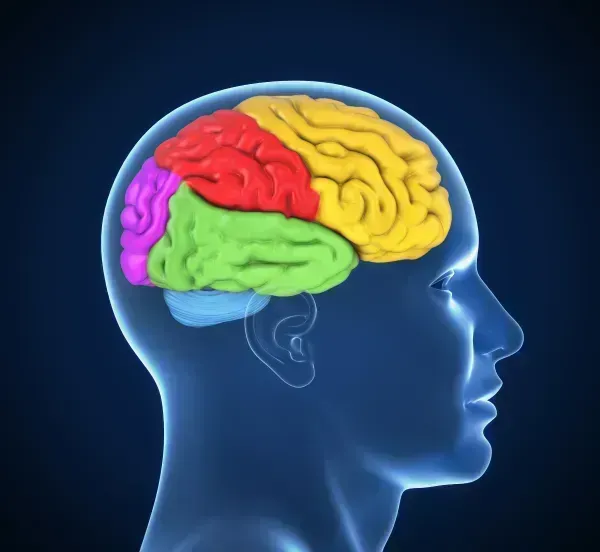Pediatric Coding Alert
Mind These Codes to Report Mental, Behavioral Health
Let this refresher take you from assessment to diagnosis. If you’ve worked in a pediatric care setting for any length of time, the chances are pretty good that you have come into contact with a patient who is dealing with an emotional or behavioral disorder. A Time magazine article from October 2016 cites the following statistics: So, here’s a refresher on the some of the key codes you’ll be using when your pediatrician provides mental health assessments and diagnoses. Begin with 96127 for Assessment, Screening At first, your pediatrician can perform a limited screening test during a routine E/M encounter such as 99201 (Office or other outpatient visitfor the evaluation and management of a new patient, which requires these 3 key components: a problem focused history; a problem focused examination; straightforward medical decision making …) through 99205 (… a comprehensive history; a comprehensive examination; medical decision making of high complexity …) or 99212 (Office or other outpatient visit for the evaluation and management of an established patient, which requires at least 2 of these 3 key components: a problem focused history; a problem focused examination; straightforward medical decision making …) through 99215 (… which requires at least 2 of these 3 key components: a comprehensive history; a comprehensive examination; medical decision making of high complexity …). For each of these encounters, if “counseling or coordination of care” makes up makes up greater than 50 percent of the encounter between your physician, the patient, and any family members or caregivers, you will turn to the CPT® guidelines to determine the level of service. But if your provider determines the patient requires a more extensive screening, you will document 96127 (Brief emotional/behavioral assessment [eg, depression inventory, attention-deficit/hyperactivity disorder (ADHD) scale], with scoring and documentation, per standardized instrument) instead. You can use 96217 for a variety of pediatric mental health encounters. Mary I. Falbo, MBA, CPC, CEO of Millennium Healthcare Consulting Inc. in Lansdale, Pennsylvania, gives the example of “an 8-year-old male [who] presents with a history of short attention span, inability to sit through a meal at home, and impulsive comments and actions.” And Donelle Holle, RN, President of Peds Coding Inc., and a healthcare, coding, and reimbursement consultant in Fort Wayne, Indiana, says the provider might perform the screening to report a brief assessment for attention deficit hyperactivity disorder (ADHD), depression, suicidal risk, anxiety, substance abuse, eating disorders, etc. This code was created in response to the Affordable Care Act’s federal mandate to include mental health services as part of the essential benefits that must be included in all insurance plans offered in individual and small group markets. The mandate covers services such as depression screening for adolescents, alcohol and drug use in adolescents, and behavioral assessments in children and adolescents, Holle explains. Look to F Codes for Dx Success … Once you report 96127, Holle suggests using Z13.89 (Encounter for screening for other disorder) for the well-care screening. To pinpoint the diagnosis, however, you’ll want to begin by looking at Chapter 5 of the ICD-10-CM. Here, you’ll find numerous codes that will help you hone in on the specific condition. In particular, look to F30-F39 (Mood [affective] disorders) and F40-F48 (Anxiety, dissociative, stress-related, somatoform and other nonpsychotic mental disorders) for the most common mental and behavioral conditions that could affect patients in your practice. … But Don’t Skip Chapter 18 However, Holle also suggests looking to the R codes. Other symptoms and signs involving emotional state (R45.81-R45.89), for example, “are great to use when a definitive diagnosis cannot be made,” while another section of R46 (Symptoms and signs involving appearance and behavior …) codes refers to signs and symptoms involving appearance and behavior. Holle concludes by advising that you “should review both sets of these codes, as they are valuable in a pediatric practice.” 1 Final Piece of Advice The American Academy of Pediatrics (AAP) also offers the following advice when assigning an ICD-10-CM code to the diagnosis. First, the AAP suggests you “use as many diagnosis codes that apply to document the patient’s complexity and report the patient’s symptoms and/or adverse environmental circumstances.” Second, the AAP advises, “once a definitive diagnosis is established, report the appropriate definitive diagnosis code(s) as the primary code, plus any other symptoms that the patient is exhibiting as secondary diagnoses that are not part of the usual disease course or are considered incidental.”
Related Articles
Pediatric Coding Alert
- ICD-10:
New Dx Manual Hones Abuse, Diabetes Coding
Type 2 DM getting ketoacidosis entries. It’s official: The list of additions, deletions and revisions [...] - Clip And Save:
Remember these New ICD-10 Codes for your Peds Practice
Expert: Pediatric practices might miss these new Dx codes. There are several sets of ICD-10 [...] - E/M Coding:
Mind These Codes to Report Mental, Behavioral Health
Let this refresher take you from assessment to diagnosis. If you’ve worked in a pediatric [...] - Mythbusters:
Bust these 3 Myths for Summertime Coding Relief
Can you dispel these common warm-weather misconceptions? The summer is filled with hot, lazy days [...] - You Be the Coder:
Coding for Foot FBRs
Question: A 12-year-old established male patient presents to the pediatrician with complaints of a swollen foot. [...] - Reader Question:
Code the Disease, Not the Symptoms
Question: A 16-year-old female patient came to our office with infectious mononucleosis and an enlarged spleen, [...] - Reader Question:
Code This Critical Newborn Encounter with Care
Question: Our pediatrician was at the hospital for the birth of a normal newborn. While our [...]




